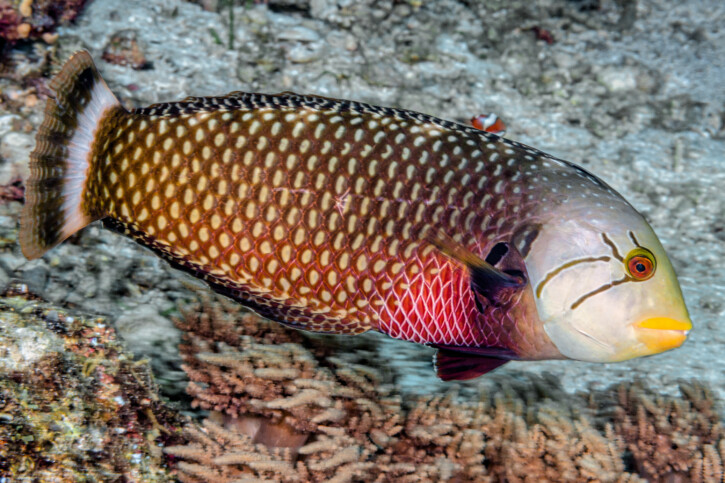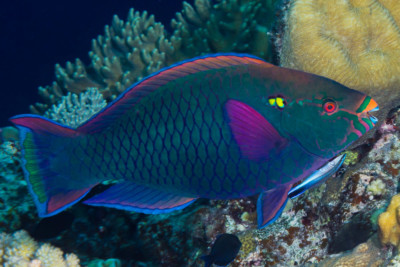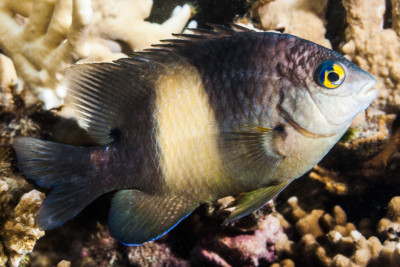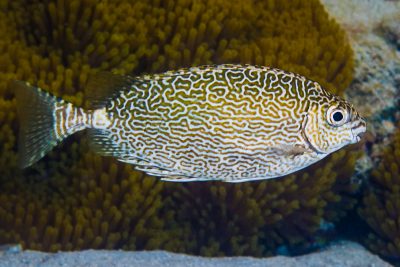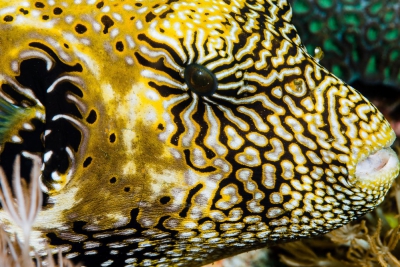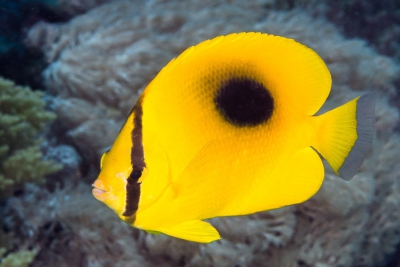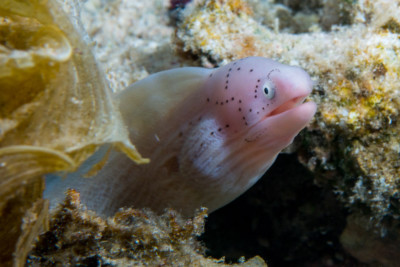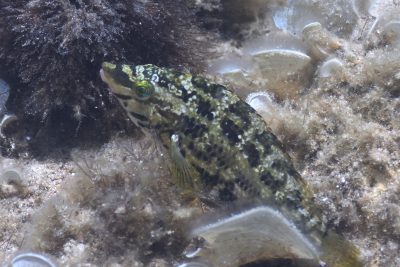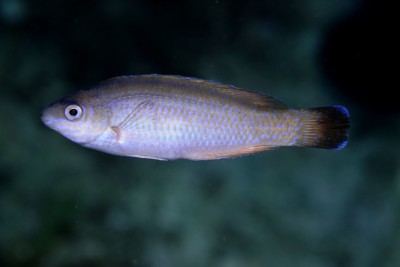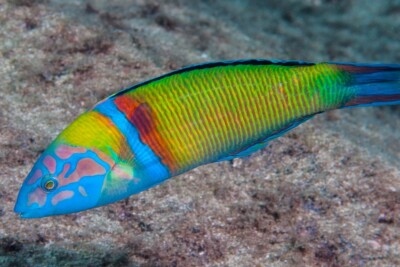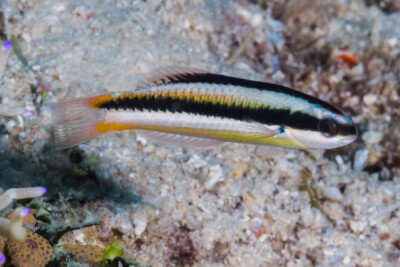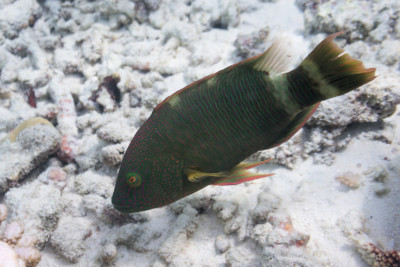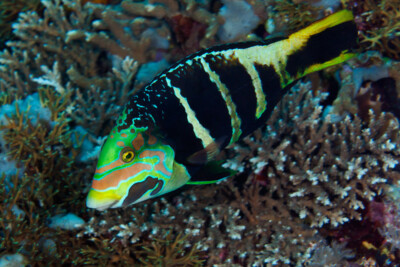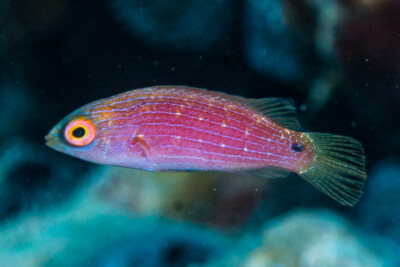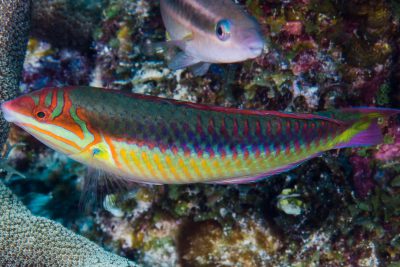rockmover wrasse
| Scientific name | Novaculichthys taeniourus |
|---|---|
| Descriptor | Lacepède |
| Year of description | 1801 |
| IUCN category (World) | LC |
| Family | Labridae |
| Genus | Novaculichthys |
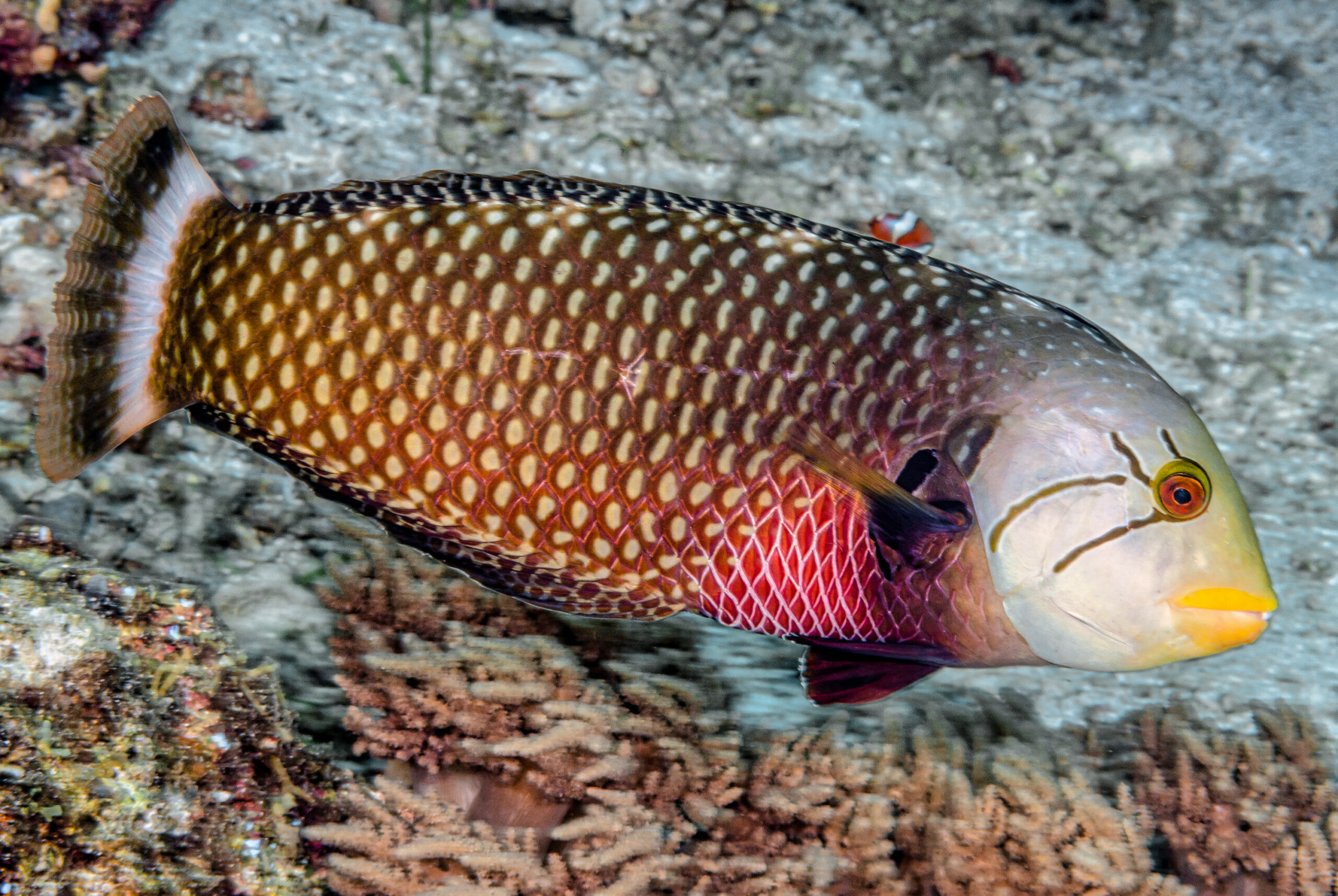

Introduction
Novaculichthys taeniourus, commonly known as rockmover wrasse, is a salt water fish.
This sheet is currently being prepared. The texts currently proposed come from our data model or are being drafted. To request priority for this content, you can write to us HERE.
Who is it?
Morphology
-
Average size26 cm
-
Maximum size30 cm
-
Longevity10 year
-
Patterndrawn scales
-
Average size26 cm
-
Maximum size30 cm
-
Longevity10 year
-
Patterndrawn scales
How to recognize This fish ?
The rockmover wrasse measures around 26 cm. The dominant males can however reach 30 cm. This fish is multicolore with a predominantly rouge, noir, marron, blanc and gris body. The also has blanc drawn scales.
Sexual dimorphism
The adult male is bigger than the female.
Behaviour & Life cycle
-
dietcarnivorous
-
Sociabilityliving as a couple
-
territorialNo
-
Way of livingdiurnal
The rockmover wrasse is a fish living as a couple naturally found near the bottom. This species is carnivorous .
Although the rockmover wrasse is non-territorial, it is sometimes aggressive towards other species.
Reproduction
-
Reproductionovipare qui pond en eau libre
-
Hermaphroditeprotogynous
The rockmover wrasse is a fish ovipare qui pond en eau libre. always born female. Growing up, individuals will change sex to become male, this is called successive hermaphroditism of the protogynous type. This fish protects its eggs from nearby predators.
Harmless species
This species does not represent any particular threats to humans when encountered in its natural environment.
Origin and distribution

What is its habitat?
Natural environment characteristics
-
Temperature25 - 29 °C
-
Depth3 - 25 m
Biotope presentation
The rockmover wrasse is most often found at a depth between 3m and 25m. However, it is not impossible to find this species at other depths.
Species of the same biotope
To go further
Sources & Contributions
Participation & Validation
The Fishipedia team and specialist contributors are committed to providing high-quality content. However, although the information comes from scientific sources or testimonials from specialists, the cards may contain inaccuracies.

Adrien Falzon

Benoit Chartrer
Translation
Translation done with the valuable contribution of our translators, who make this information available to a wider audience. We sincerely thank them for their commitment.
Scientific partners
Tags
#Labridae
#Novaculichthys
#barrière de corail
#Bay of Bengal
#Persian Gulf
#Great Barrier Reef
#mer d'Oman
#Philippine Sea
#Red Sea
#South East Asian Seas
#Indonesian seas
#East Indian Ocean
#western Indian Ocean
#Galapagos
#Océan Pacifique Nord Est Tempere Chaud
#Tropical Eastern Pacific
#Western Tropical Pacific Ocean
#Oceania
#Bali
#Mauritius
#Réunion
#Lombok
#Nusa Penida
Species of the same family
Same genus
Species of the same biotope
